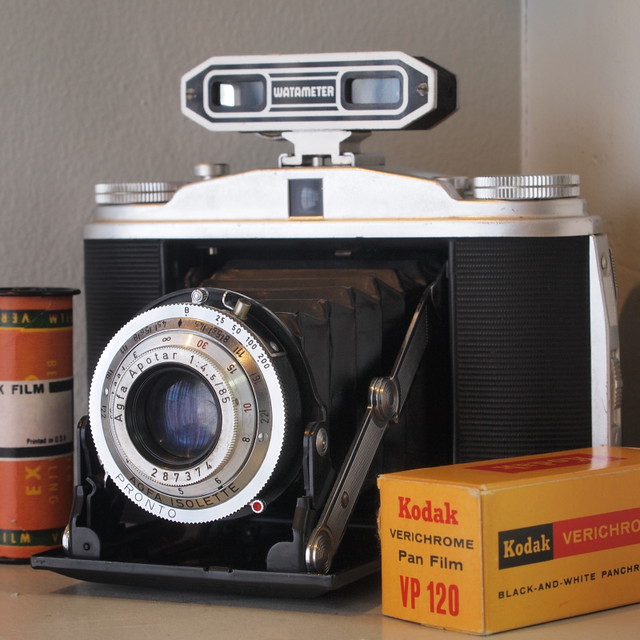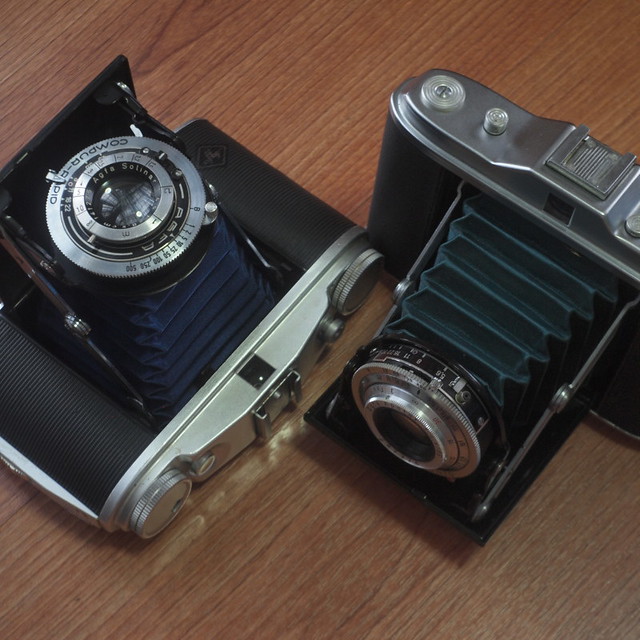Monday, November 5, 2012
Saturday, October 27, 2012
Saturday, September 29, 2012
Austin Mini - Cylinder Head
Top overhaul was my highest priority until the clutch slave blew which led to a total clutch rebuild.
Spark plugs from cylinders 2 and 3 were comparatively sooty despite my efforts to optimize carburetor mixture and the engine was running a bit too hot for comfort. Let's be an optimist and list possible causes:
1. Head gasket no longer sealing properly between cylinders
2. Manifold gasket leak
3. Both!
 |
| Materials - head, manifold and valve cover gaskets + valve seals |
 |
| rocker arm cover off |
 |
| push rods clearly labeled as they came off |
 |
| cylinder head off |
 |
| decarbonize combustion chambers > ports |
 |
| rocker arm, valve springs and studs |
 |
| cylinder head components after cleaning |
 |
| Pistons, rings and bores showed no signs of major wear after cleaning |
 |
| valves were clearly labeled while dismantling slight lapping of valves before reassembly |
Unfortunately this head has not been modified for unleaded fuel use and could not find a source for hardened exhaust valve seats locally ;( Since I did not want to risk parts getting lost, everything was reassembled. Hardened valve seats = back job to be pursued ASAP!
 |
| new valve seals installed, cylinder head cleaned and ready for mounting as new head and manifold gaskets await.... |
Thermostat blanking sleeve
It is so typical in the tropics for uninformed mechanics to take off the thermostat as a cure all for overheating problems. So I did some research and found this information at Mini Spares:
Removal of the thermostat helps reduce engine temperature, however a thermostat blanking sleeve should be fitted to maintain correct coolant circulation to the entire head. Failure to do so will cause overheating around numbers 3 and 4 combustion chambers with obviously disastrous results. When the blanking sleeve is used, it is also necessary to blank off the by-pass hose (not found on late heads) between the head and water pump.
Fortunately some local Mini enthusiasts already knew this and a blanking sleeve was sourced locally. But the thermostat cover was practically welded by rust. Since the studs and cover were not available locally, it had to be coaxed out out patiently...
 |
| ...finally it gave up |
 |
| 1/2" water plugs unavailable instead we used a bypass hose with a 9/16" piece of metal from a bolt stuck in the middle |
Given the proximity between the water pump and the cylinder head, the water pump had to come off. Fortunately it was already one of those late deep/cast impeller type in good condition ;)
 |
| new gasket + blanking sleeve |
 |
| done... |
Not quite - change oil + fit a new filter...
Valve/tappet clearances (.012") had to be set using the rule of 9 -
as pictured above, valve 4 fully open (most compressed spring) valve/tappet 5 is adjusted, thus 4 + 5 = 9, 1 + 8 = 9, 2 + 7 = 9 and so on...
Fiddled with the carburetor mixture, checked contact point gap and ignition timing with a strobe. The Mini is now running better (cooler) than ever and no more sooty spark plug electrodes.
I am now searching for a competent local machine shop that can fit hardened exhaust valve seats and use stainless steel bolts/studs for the thermostat cover. Maybe that machine shop can also help me with the clutch lever arm + plunger? Wishful thinking ;)
Sunday, September 23, 2012
Austin Mini - Clutch Part 2
Non-Verto woes
After studying the Haynes manual carefully, I enlisted the help of Gilbert, an ace Japanese car mechanic, for this operation. He already assisted me in the past - replacement of the steering rack and ball joints.
Front sub frame supported by jack stands + a trolley jack under the transmission, the Mini is prepared for a full clutch overhaul.
 |
| Filthy flywheel cover - mixture of clutch lining dust + motor oil |
 |
| Flywheel + clutch disc drenched in oil |
 |
| the culprit |
 |
| New diaphragm, release bearing, clutch disc + oil seal |
 |
| this oil seal prevents motor oil from the crankcase from contaminating the clutch/flywheel |
 |
| new clutch disc installed |
 |
| Flywheel + new diaphragm |
With the flywheel cover and starter re installed it was time for a test drive. No more clutch slip and significant improvement in drive ability, but...
...there is significant wear on the ball (red*) at the end of the clutch release lever and socket (red*) of the release bearing plunger which prevent proper adjustment of the throw out nuts (2). I had to keep the 1/4" thick bolt between the slave piston and clutch arm rod (blue**) to get clutch action. To get it back to factory specs, I need a new clutch arm lever + release bearing plunger.
Just like music performance, I always try to be a perfectionist so this has to be sorted out properly ;)
Just like music performance, I always try to be a perfectionist so this has to be sorted out properly ;)
Austin Mini - Clutch Part 1
Non-Verto clutch woes
 |
| Blown slave cylinder |
 |
| Top - old slave Bottom - new slave |
 |
| New slave ready for assembly using liberal amount of DOT 4 fluid for wheel cylinder/cap lubrication |
 |
| Copper washer (from the flexible hose) did not come with the new slave (or hose) so I cleaned the old washer |
 |
| New slave cylinder + new flexible hose ready for installation |
Since the fluid spurted out by the slave was jet black I went ahead and dismantled the master cylinder.
 |
| So much crud came out of the master cylinder fortunately the inner wall was intact. |
 |
| Master cylinder repair kit |
 |
| Master cylinder components cleaned and new wheel caps installed lubricated by fresh DOT 4 fluid |
 |
| Master cylinder ready for installation |
Fresh DOT 4 fluid was transfused into the hydraulic system and bled until no air was coming coming out of the slave bleeding valve. But there were a few snags, the clutch throw out stop could not be adjusted as per Haynes and I had to insert a 1/4" bolt at the end of the clutch arm push rod to get clutch action. Although clutch pedal feel and action significantly improved, after driving around my neighborhood I still experienced intermittent clutch slide on steep hill climbs...more problems lurking ahead :(
Sunday, September 9, 2012
Smiths Tachometer
With the prices of Smiths Classic Gauges going through the roof, I gambled at eBay and won this for about $20/shipped. It is an RVI* 1433/01 negative ground probably pulled out of a junked mid-60s MGB, MG Midget or Austin Healey Sprite.
*The RVI Series only works with conventional contact point ignition systems. For later models (or converted) with electronic ignition, use an RVC.
NOTE: the black dotted lines between the distributor and coil denotes a wire that should be removed. Essentially the tachometer replaces the wire and, is in series between the distributor and coil as shown in the diagram.
Saturday, September 8, 2012
Thursday, August 30, 2012
Yashica-Mat
| Yashica-Mat with Luxamar 80mm f3.5 |
This is my second 'Mat, both acquired at under the $100 mark and worked out of the box - clean lenses and the shutter fired at all speeds without needing exercise. I find the earlier sans light meter Yashica-Mats more appealing compared to the later sought after 124/124G series.
Need a light meter? Learn Sunny 16 or use a hand held meter. To the left of the picture above is a plastic Bayonet 1 lens hood which can be found on eBay for under $10, highly recommended to prevent strange light artifacts from being recorded on film.
| Yashica-Mat with Yashinon 80mm f3.5 |
| Luxamar 80mm f3.5 Fuji Acros in Rodinal 1+50 |
| Yashinon 80mm f3.5 Fuji Acros in Rodinal 1+100 |
Both lenses are four element Tessar type. Some claim the Luxamar lens fitted to early models of the series were manufactured in Germany. You decide...;)
Subscribe to:
Posts (Atom)














